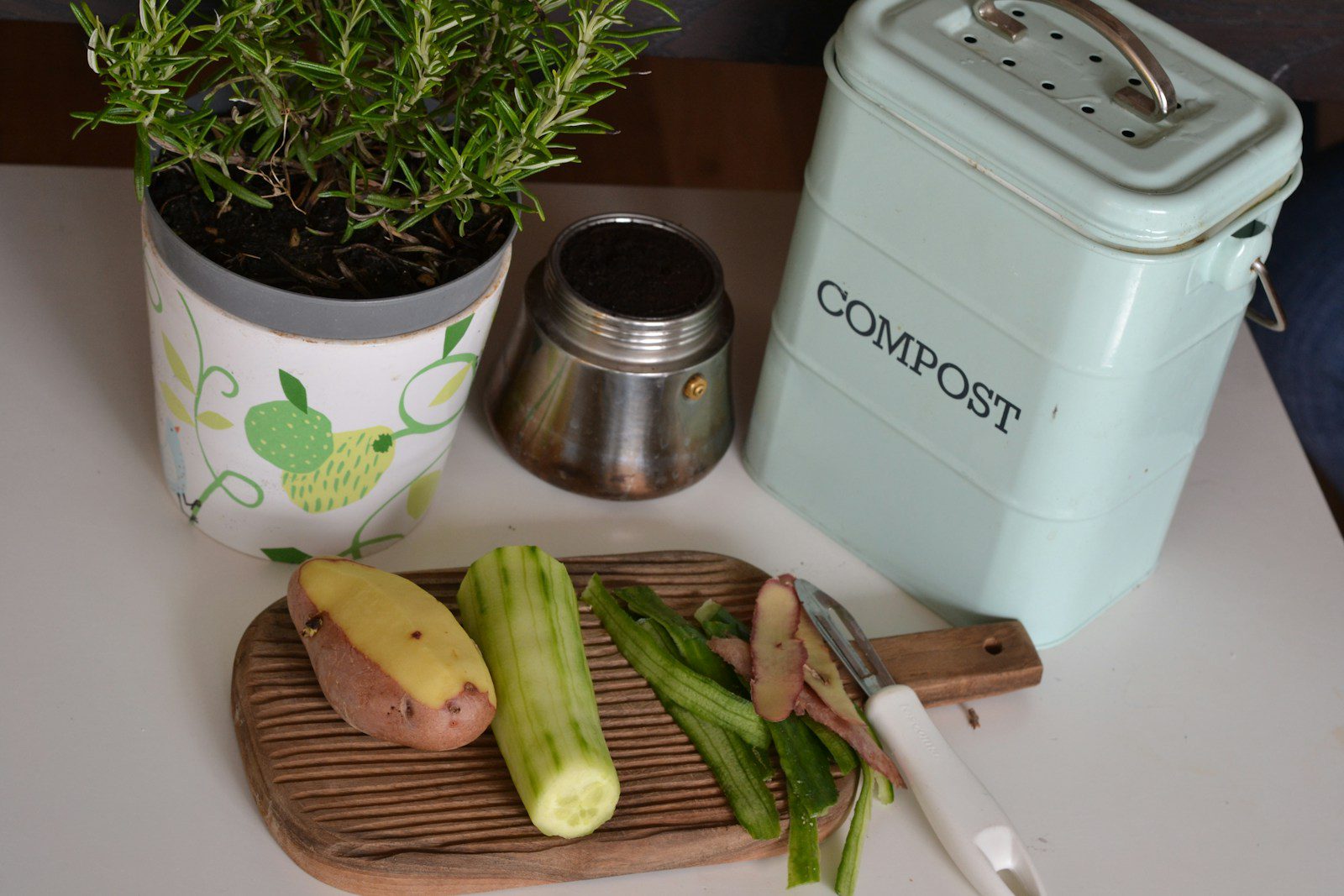Through effective shopping, storage, and cooking you can prevent most of your food waste! But, despite our best efforts, most of us end up throwing some things out. About a quarter of waste in U.S. landfills is food and all that wasted food is responsible for about 58% of methane emissions from landfills. That’s equivalent to annual emissions from 50 million gas-powered vehicles!
In this blog we’ll cover how you know when it’s time to throw food away, and how to dispose of it so you can avoid as much of that planet-warming methane as possible.
Take the Quiz:
Before You Throw
Sometimes, we throw away food simply because we don’t want it. You try something new and don’t like it, you’re heading out for vacation and know you won’t finish that product in time, etc. It happens!
Before you throw safe-to-eat food in the garbage, consider these options:
- Donating. Consider donating extra unopened food to local food banks (be sure to check that it meets their requirements first).
- Giving to Neighbors, Friends, Family, etc. See if anyone you know is interested in taking the food you’re looking to get rid of!
- “Buy Nothing” Groups. Join a local “Buy Nothing” group to share excess food with your community.
When to Throw
Misunderstanding date labels on food packaging can lead to wasting perfectly good food, and that’s money down the drain!
There are so many different phrases used on packaging to describe a production’s expiration date, phrases like “Best if Used By”, “Sell-by”, “Use-by”, and “Freeze-by.” It’s hard to keep track of all of them—what do these labels actually mean? Here’s a quick breakdown from the Food Safety and Inspection Service:
- “Best if Used By.” This date is when the food product will be of its best quality/freshness. The food may not be the best quality, but is still safe to consume after this date.
- “Sell-by.” This date is used by grocery stores to determine when the product should be off the shelves; it is not indicative of food quality or safety.
- “Use-by.” Similar to a “Best if Used By” date, this date indicates when the food is at its peak quality. It is not a measure of food safety.
- “Freeze-by.” This date is when a product should be frozen by if you want it to be at its best quality when thawed and eaten, it is not a measure of food safety.
Note that these labels are simply measures of food quality, and none of them are measures of food safety.
So, how can you tell when a product has actually gone bad? According to the USDA’s Food Safety and Inspection Service, indicators of food spoilage are unpleasant or unusual odors, flavors, or textures. Fruits and vegetables tend to get slimy, and meat develops an odor. Food after its “Use-by” or “Best-by” date should be evaluated for any spoilage before consuming. If you’re unsure, this resource from the Food Safety and Inspection Service gives more guidance about how long certain foods will stay good in the refrigerator.
Where to Throw
If your food is moldy and rancid (use the smell test) and no longer safe to consume, do your best to compost it.
While reducing the food waste you create is by far the most important thing to focus on, composting your food waste is absolutely preferable to sending it to a landfill. It not only reduces methane emissions caused by landfills, but it improves soil quality by returning the nutrients and carbon from food waste.
ACTION ITEM: If you don’t have a compost yet, try to find a compost solution using the resources below. Already have a compost? Post it on Sharewaste or join Ann Arbor’s Buy Nothing Group so you can give away excess food to neighbors in the future. Join our food waste challenge for personalized help finding a composting solution.
In Ann Arbor, residents have access to food waste composting through the city:
- If you live in a single-family home and you don’t already have a curbside compost cart, you can pick one up for free!
- If you live in an apartment or condominium, you can drop off material at the city’s compost site (also free) or find a compost near you through sharewaste.
Interested in composting at home? There are several different ways to compost your food scraps—you can pick whichever method works best for you!
- Create a compost pile in your backyard by combining yard waste and food scraps.
- Start a vermicomposting bin. Combine bedding, worms, and food scraps in a container! This method can be done indoors or outdoors—no backyard space, no problem! Learn more about vermicomposting here.
- Purchase a compost tumbler. A compost tumbler makes turning your compost pile much easier.
Addition Resources:
- MSU free virtual Master Composter course
- Home Composting Guide from the Michigan Department of Environment, Great Lakes, and Energy (EGLE) for more information about composting at home.
- Another important reason to keep food waste out of landfills is because the landfills they would otherwise go to are more likely to be in low income communities and/or communities of color. These landfills produce methane, a large contributor to climate change, and have a myriad of adverse health effects that are disproportionately affecting these communities.
- Learn more here: Targeting minority, low-income neighborhoods for hazardous waste …
Books on Composting (Available at the Ann Arbor District Library):
- Compost City: Practical Composting Know-how for Small Space Living by Rebecca Louie
- The Rodale Book of Composting, Newly Revised & Updated edited by Grace Gershuny & Deborah L. Martin
Research and content contributions from Bailee Duke, Mallory Lawson and Sofia Berkowitz
SUMMER GAME CODE: USEBYDATE


I’ve recently learned that some parks in Ann Arbor have public compost and recycling bins for those of us who don’t have access: https://www.a2gov.org/departments/trash-recycling/Pages/Parks-Recycling.aspx
That’s awesome, Zach! Thanks for sharing.